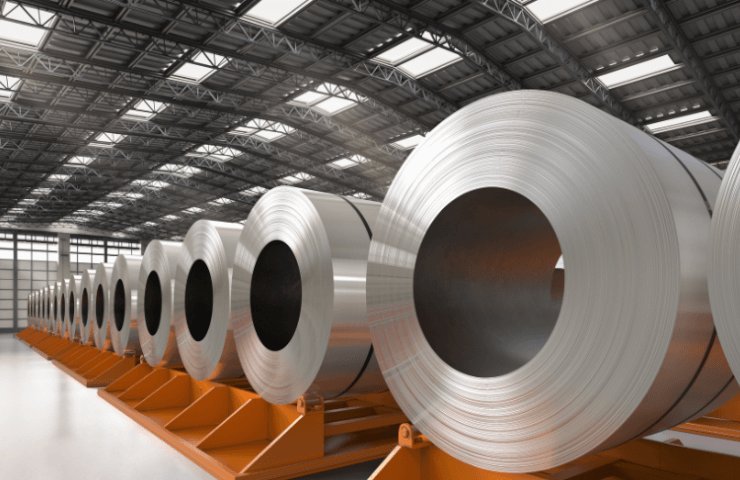Structural changes in the hot rolled coil (HRC) market could see the historical premium for Northern European material decline, if not disappear, over Italian material in the coming years.
Fundamental changes in the steel market in Italy, coupled with Germany's struggling economy, saw the north-west EU Argus HRC index trade at a discount to the Italian index for 17 of 32 trading days this year. On February 14, Italian steel traded at a premium of €7/t to materials from the north-west of the EU, or the 12th day in a row with a premium.
The difference between the two indices began to narrow from the second half of November, with Italy traded at a discount in November-December, as has been the case historically.
The relatively slower slowdown in Italian prices earlier this year compared to the EU North West HRC was underpinned by domestic supply issues and irregular import trade patterns.
The expected settlement of the heavily indebted steel company Acciaierie d'Italia (ADI) has resulted in its production falling to less than 1 million tonnes per year and ongoing order delays.
This uncertainty resulted in buyers with fairly diversified European supply portfolios remaining willing to outsource some tonnage to ADI, while smaller and mid-sized players preferred to supply their needs elsewhere. One major servicer said it is difficult to transfer volumes from ADI due to "low prices" that can sometimes offset performance issues.
Additionally, ArcelorMittal's Fos-sur-Mer plant in France, The EU plant, which is most focused on supplying markets in the south of the EU, in addition to Italian producers, continues to operate with one blast furnace. It has been confirmed that the second blast furnace has been out of operation since October 2023.
These factors have prompted the remaining Italian producers to focus more on the domestic market rather than the north. Similarly, producers in the north-west of the EU continued to sell to Italy, but the premium was not large enough to attract significant additional resources as high transport costs eat into profits.
In addition to changes in domestic supply, irregular monthly receipts imports and concerns about uncertain customs clearance times and special duty rates have led many to view imports as an unviable and risky purchasing option. Italy's historical price discount was partly due to its dependence on cheaper imported tonnage.
Many of Italy's cheapest imports from Asian suppliers will now largely be subject to customs clearance in July and carry duties, market participants said. in the amount of 6-10%. Meanwhile, higher-priced alternatives such as Turkey are at a slight discount to domestic Italian supplies, making them virtually unworkable.
Changes to EU steel protections could further push up the premium for Italian HRC as The cheapest import options in recent months may end up receiving their own country-by-country quotas, meaning they are likely to have lower duty-free tonnages based on lower historical trade flows.
Italy also tends to have a more active spot market for roll products, while northern European producers contract most of their volume through long-term contracts. As has happened frequently in recent years, lower productivity on these contracts has left northern mills with extra spot tons that may be more difficult to move in a depressed market. This has encouraged them to export more, but these export options are now limited by trade barriers and the need to compete with lower-cost producers in tariff-free jurisdictions.




